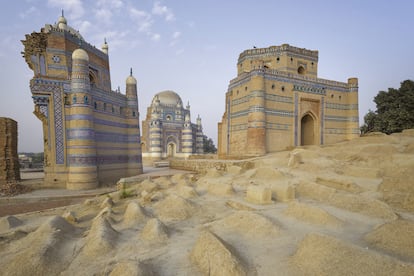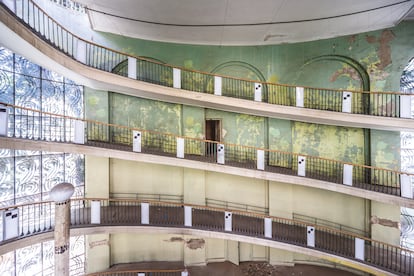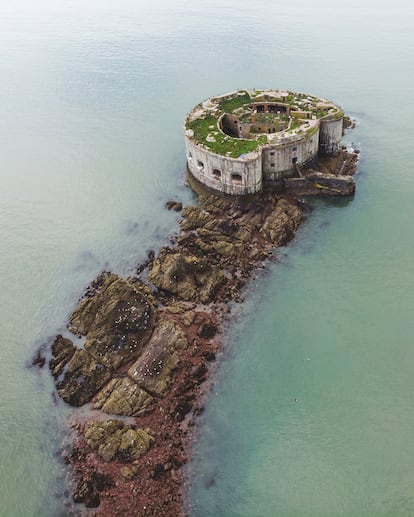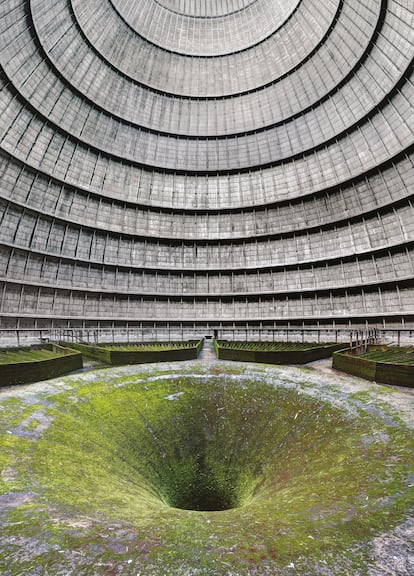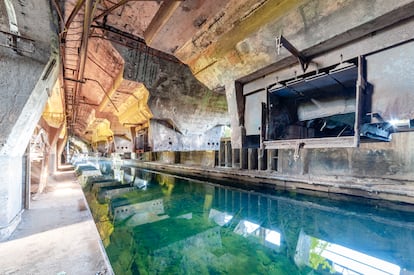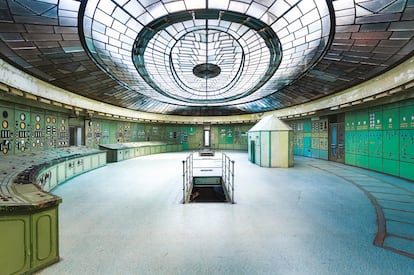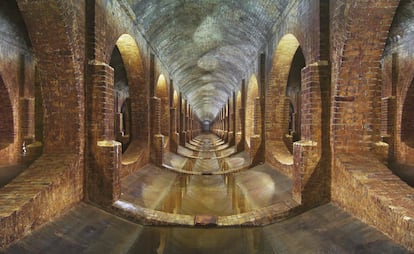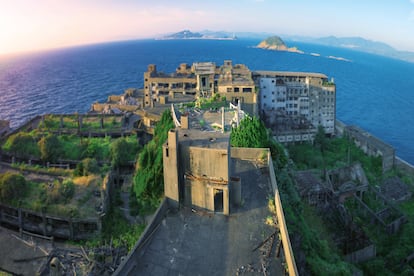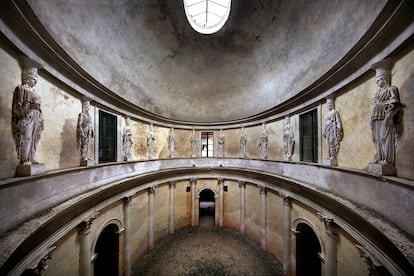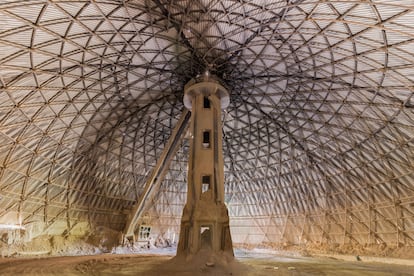
The world’s most breathtaking abandoned sites: From Pakistan’s Bibi Jawindi to Italy’s Palazzo Athena
Thomas Jonglez, founder of the publishing house bearing his name, curates the 10 most photogenic sites from his label’s latest compendium of urbex photography, ‘The Atlas of Abandoned Places.’ The book not only showcases stunning imagery but also serves as a plea to safeguard, protect, and preserve cultural heritage

